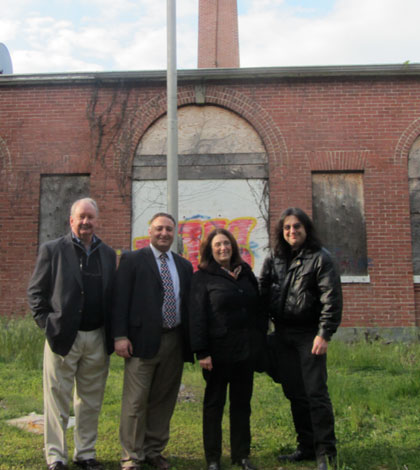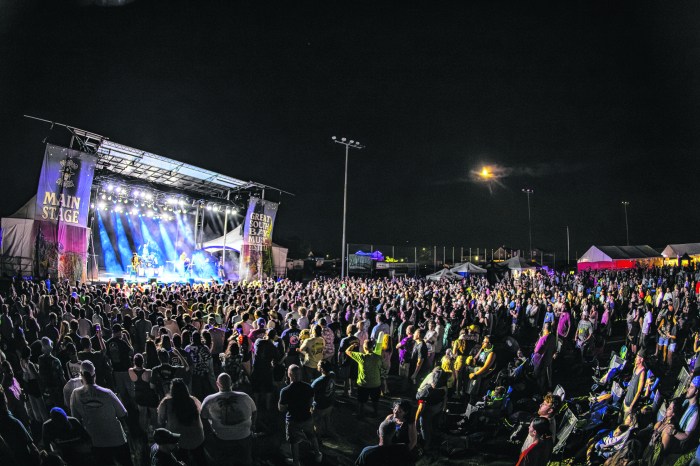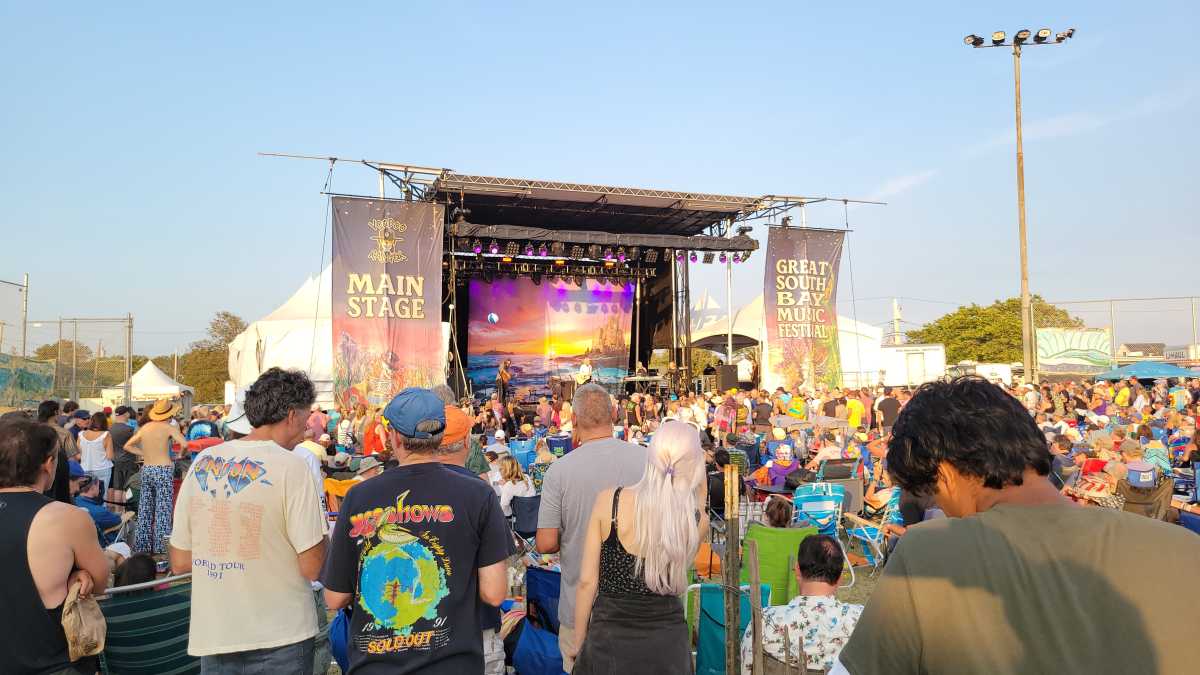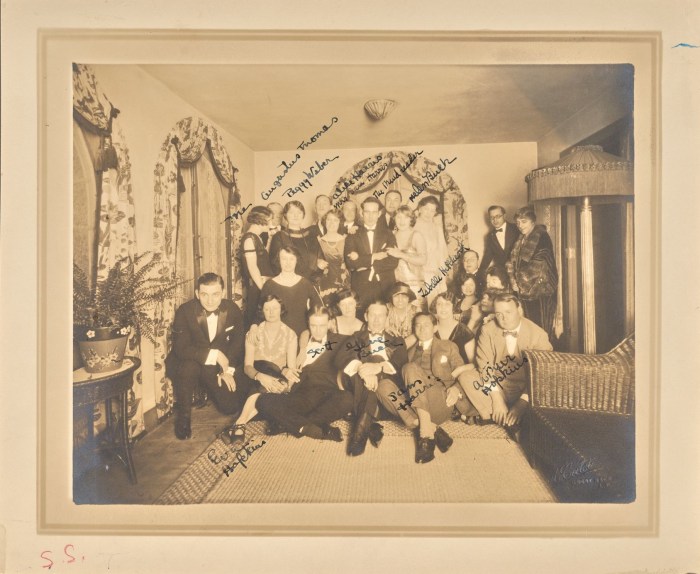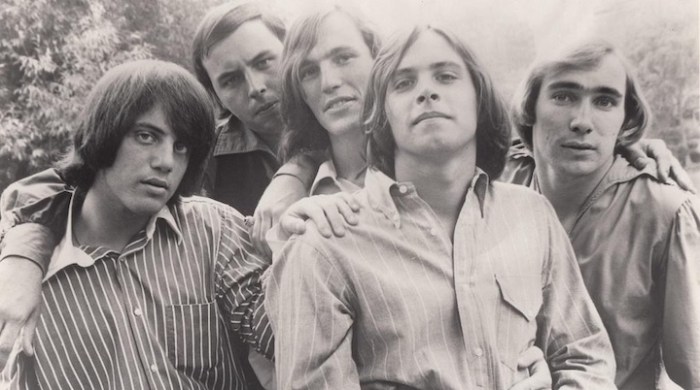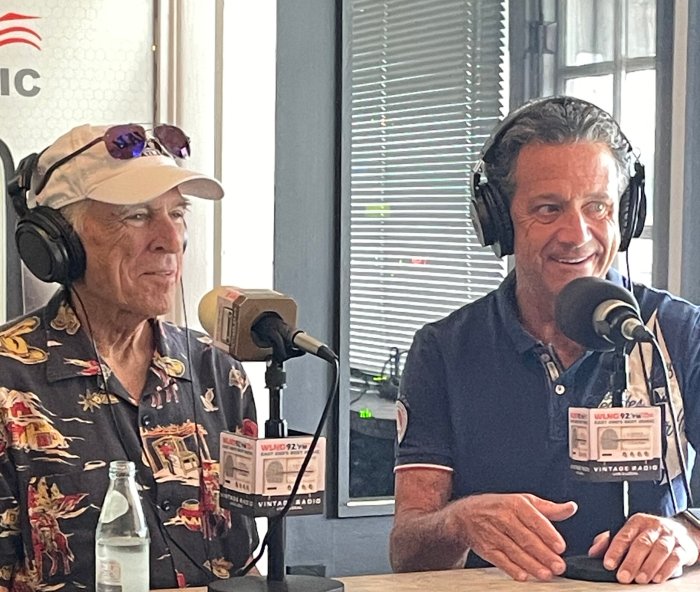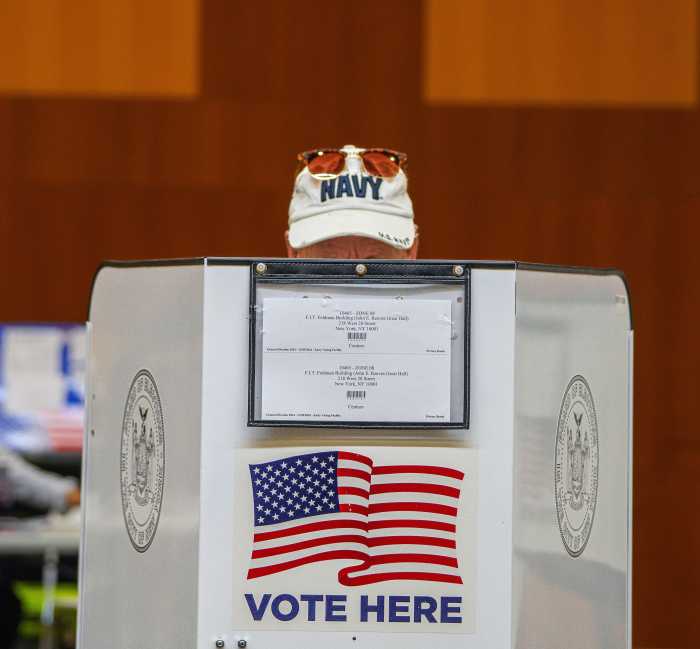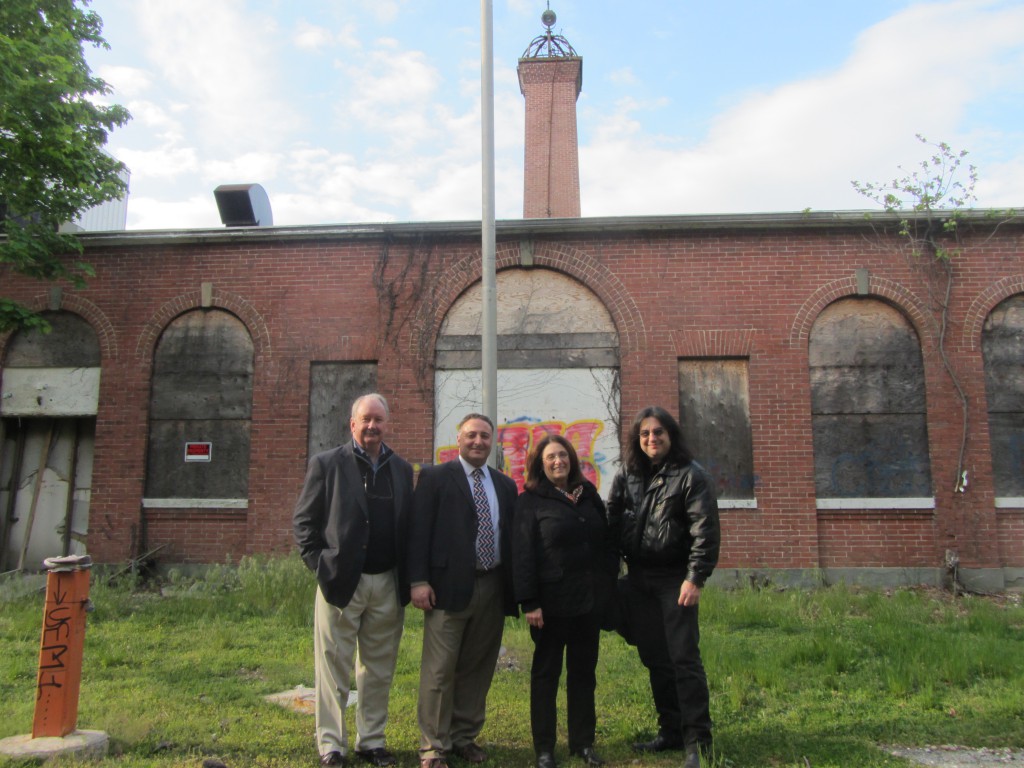
The same day that Gov. Andrew Cuomo announced plans in Albany to overhaul the Long Island Power Authority, the executive board of the nonprofit Tesla Science Center at Wardenclyffe hosted an informal gathering for the media on the overgrown grounds and the decayed buildings in Shoreham, where visionary scientist Nikola Tesla once hoped to transmit free energy to the world.
The event on May 13 marked the first time since the 16-acre site was acquired from the Agfa Corporation for $850,000 earlier this month that the media was invited to view the laboratory that famed architect Stanford White had designed for Tesla, with financial backing from J.P. Morgan.
Built from 1901 to 1905, the brick lab was connected by an underground tunnel to a nearby transmission tower, which once stood 187-feet above ground and could be seen from Connecticut. Torn down in 1917 and sold for scrap after Morgan stopped funding Tesla, today only the foundation of the tower remains, plus an ongoing mystery about the all the other tunnels that Tesla reportedly constructed as part of his design electrify the ionosphere and “grip the Earth” with resonating chambers somehow connected to the aquifers.
Jane Alcorn, president of the Tesla group, told the Press she hopes to clear up that mystery soon because someone with “ground-penetrating radar” has offered to do some pro-bono exploration. For years, it’s been rumored that Tesla’s lab equipment was tossed into the tunnels as landfill.
The group had been unable to locate Stanford White’s designs for Wardenclyffe until recently when Alcorn connected with the director of the Tesla Museum in Belgrade, which has a large collection of Tesla’s archives.
“It turns out that all his papers, including the Wardenclyffe blueprints, are in Belgrade,” she says excitedly. The museum officials have promised to send copies of the significant paperwork to the board soon. “We hope that it will help us with the restoration process and answer some questions regarding the tower and the tunnels.”
Those details would come in handy for filmmakers Joe Sikorski and Vic Elefante, who are working on a documentary about Wardenclyffe, “Tower to the People,” which they hope to complete by this summer “to bring as much attention as possible” to the project, Sikorski says. The filmmakers had donated $33,000—all the seed money for their fiction film about Tesla, “Fragments From Olympus”—to help the science center meet its original goal of $850,000. Online comic Matthew Inman helped spark an online fundraising campaign on Indiegogo.com that netted more than $1.3 million.
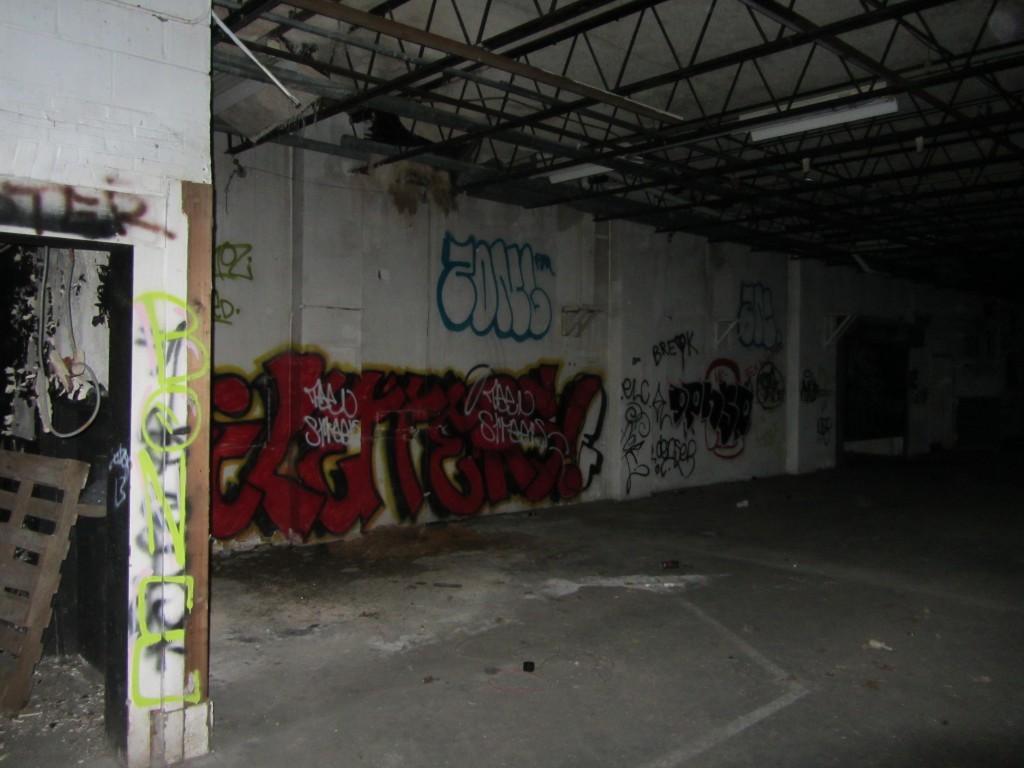
Helping the cause was a $400,000 state grant, originally set up by the former Democratic Assemb. Marc Alessi, which the Town of Brookhaven was administering. According to Alessi, who was beaming with pride as he talked with reporters at Wardenclyffe (while proudly proclaiming that he’s out of politics), there’s an additional state grant of “close to $600,000 that needed some matching money.”
The former Superfund site, polluted from decades of photo-product use, has been officially cleaned up, Alessi tells the Press, adding that “one thing the town could do is stay out of their way as they redevelop the property and make sure it’s done without a lot of red tape.”
The building’s interior is in very bad shape. This reporter was shown inside what had been an annex of the original lab used to ship products. Graffiti covered the walls, a 15-foot puddle was on the cement floor, days after it had rained.
Pointing into the darkness of a corridor that led to the original laboratory, David Madigan, president of a commercial real estate company in Holbrook and a member of the Tesla Science Center board, cautioned reporters from going further because of the high concentration of mold, asbestos and lead paint. The remediation will cost millions, the board predicts. They say $10 million, but that’s just a number “we plucked out of the air,” says Alcorn. Besides raising that daunting amount of money, the board will commission a feasibility study to determine what to renovate and what to demolish.
In the mean time, the Suffolk County police K-9 unit will begin using the site for training and provide security.
Interestingly, the job of transforming Wardenclyffe into a world-class museum was actually made a little easier by Peerless Photo, which bought the site in 1935, because “they boarded up the original arched windows without dismantling them,” Madigan says. “They created a labyrinth of other uses within the building but never tore the building down.”
Today there’s a large warehouse on the west end of the original laboratory, plus a storage area and loading docks attached to the east end.
“When they did build the surrounding buildings,” Madigan says, “they created a space between [them] so perhaps in the future, if a museum was ever created here, the original building would not have to be destroyed to take the other buildings down.”
Like the other board members, Madigan continues to find inspiration in Tesla’s vision and the mission of preserving “the last place on Earth” where Tesla actually did experimental work.
“Everything he did embodied embracing the future,” Madigan says, adding that the goal of the Tesla Science Center is to create “a living thing that looks forward rather than a static thing that only celebrates the past.”
But, of course, the Shoreham facility would honor the inventor of the x-ray photograph, robotics, wireless technology, desalination, bladeless turbines, as well as the induction motor for the long-distance transmission of alternating current, which, Madigan points out, “is the reason we can turn the lights on where we live today from a power plant miles away.”




